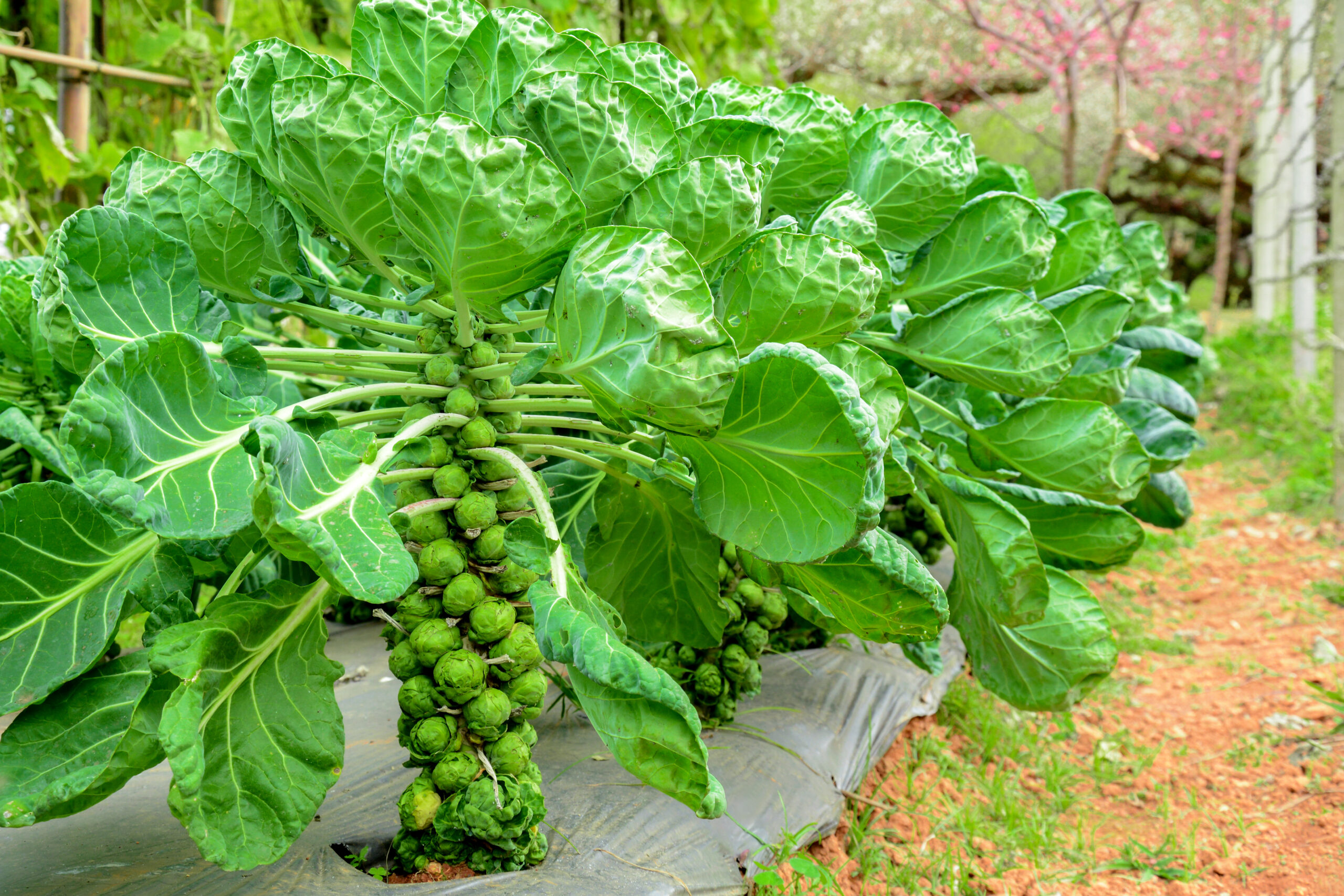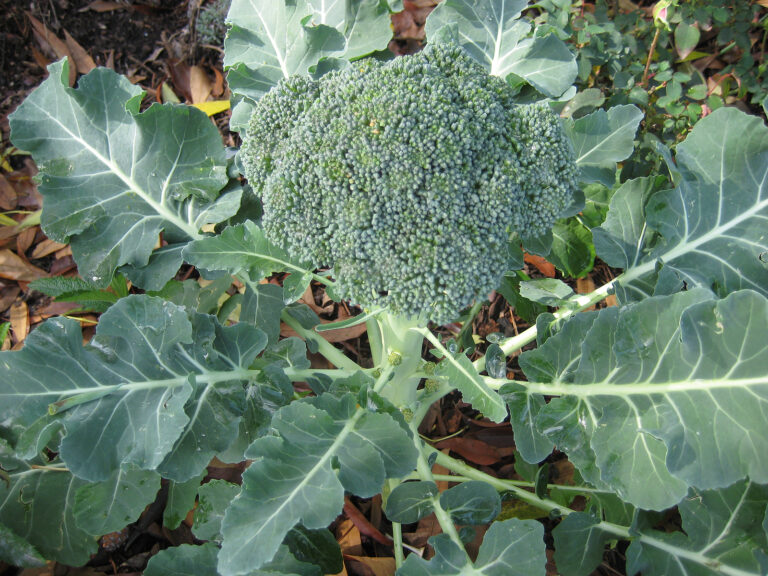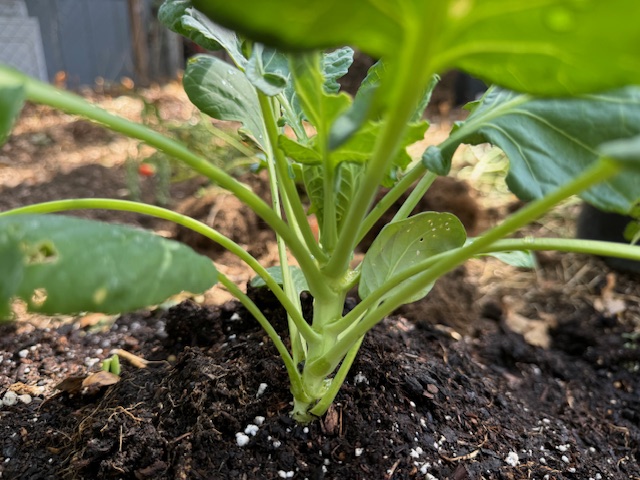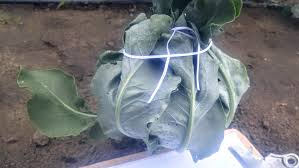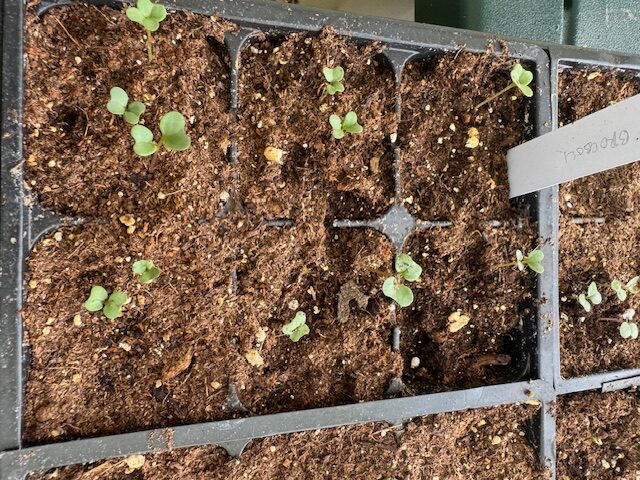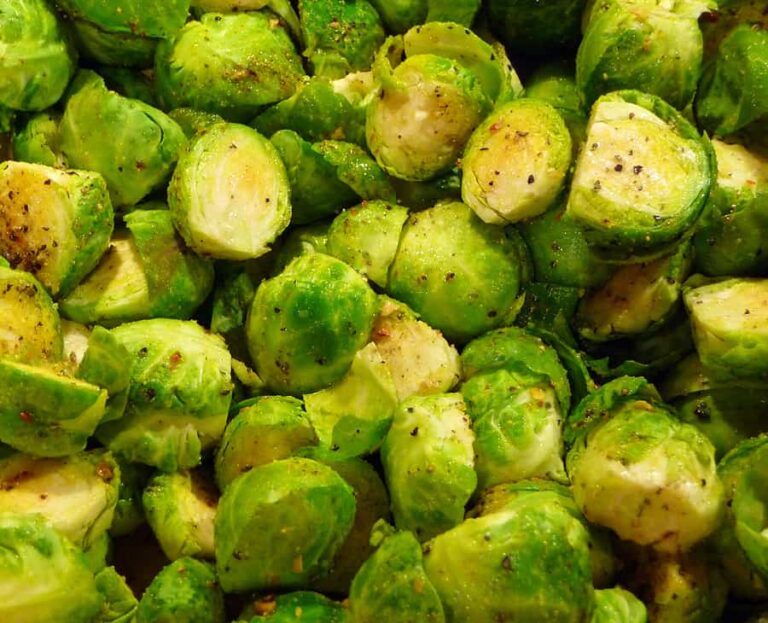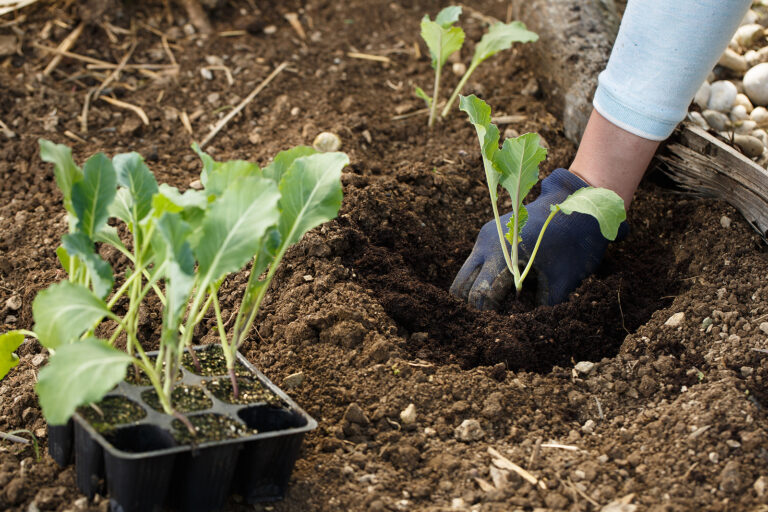How to Fertilize Brussels Sprouts: Feeding for Big, Tasty Sprouts
Growing big, tasty Brussels sprouts starts with feeding your plants the right nutrients at the right time. Over my 30+ years of gardening, I’ve found that Brussels sprouts are heavy feeders that thrive in nutrient-rich soil supplemented with balanced fertilization throughout their long growing season.
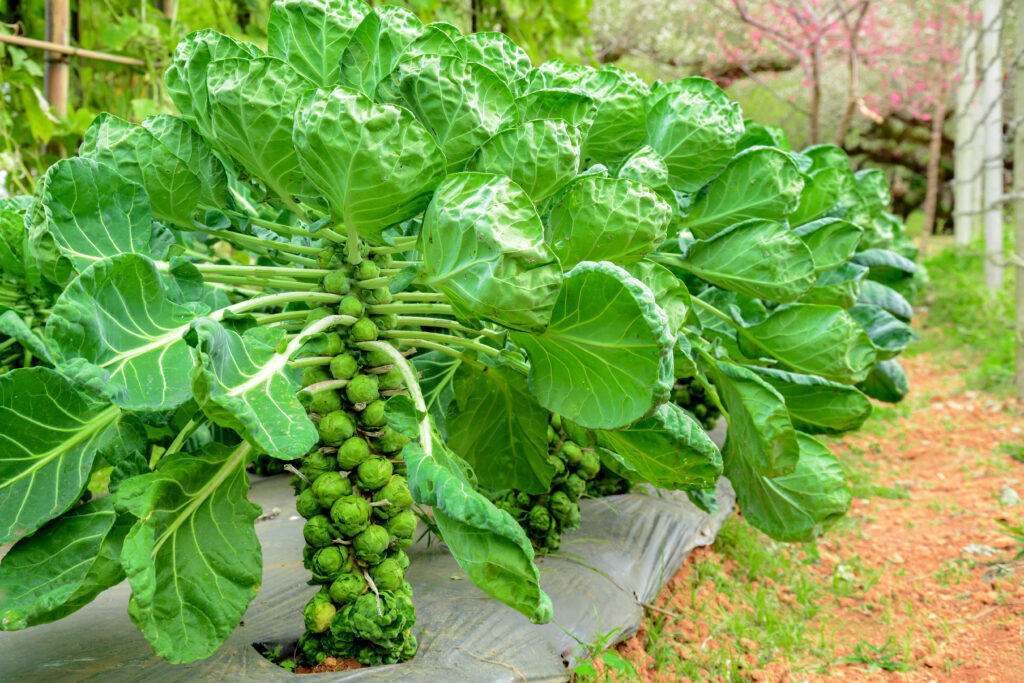
Understanding Brussels Sprouts’ Nutrient Needs
Brussels sprouts require a steady supply of:
- Nitrogen (N): Supports lush leafy growth and strong stalk development.
- Phosphorus (P): Encourages healthy root formation and early growth.
- Potassium (K): Boosts overall plant health and improves flavor and disease resistance.
A soil test before planting helps identify existing nutrient levels and guides fertilizer choices.
Preparing the Soil Before Planting
- Work in plenty of well-rotted compost or aged manure to improve fertility and soil structure.
- Apply a balanced, slow-release organic fertilizer according to package instructions.
- Avoid high-nitrogen fertilizers at planting time to prevent excessive leaf growth over sprouts.
Feeding During the Growing Season
- Side-dress nitrogen: About 4–6 weeks after transplanting, side-dress with a nitrogen-rich fertilizer such as blood meal, fish emulsion, or a balanced organic option.
- Repeat feeding: Apply a second side-dressing 4 weeks later to support continued sprout development.
- Foliar feeding: Use a diluted liquid fertilizer spray during mid-season to quickly supply nutrients if plants show signs of deficiency.
My Experience Tip
When I skipped side-dressing in one season, my sprouts were smaller and bitter. Consistent feeding made a noticeable difference in size, flavor, and yield.
Organic Fertilizer Options I Recommend
- Compost and aged manure
- Fish emulsion or seaweed extract
- Blood meal or feather meal (for nitrogen)
- Balanced organic granular fertilizers
Brussels Sprouts Fertilizing Schedule
| Growth Stage | Timing | Fertilizing Action | Recommended Fertilizers |
|---|---|---|---|
| Pre-Planting | 2 weeks before transplant | Incorporate well-rotted compost or aged manure into soil | Compost, aged manure, balanced slow-release organic fertilizer |
| At Transplanting | Day of transplant | Apply balanced slow-release fertilizer around roots | Organic granular balanced fertilizer (e.g., 10-10-10) |
| Early Growth | 4–6 weeks after transplant | Side-dress with nitrogen-rich fertilizer | Blood meal, fish emulsion, feather meal |
| Mid-Season Growth | 8–10 weeks after transplant | Repeat side-dressing to support sprout development | Same as early growth feeding |
| Optional Foliar Feeding | Mid-season (6–8 weeks in) | Apply diluted liquid fertilizer spray if deficiency signs appear | Liquid fish emulsion, seaweed extract |
Tips for Fertilizing Success:
- Always water before and after applying fertilizer to avoid root burn.
- Avoid over-fertilizing with nitrogen late in the season to prevent excessive leaf growth over sprouts.
- Observe plants regularly—yellowing leaves or slow growth can indicate nutrient needs.

